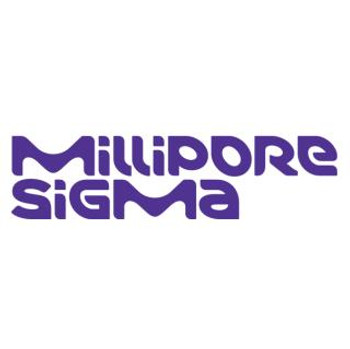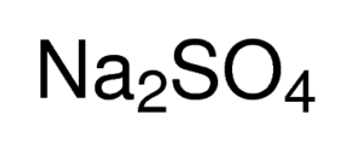Description
Sodium carbonate ACS reagent, anhydrous, ≥99.5%, powder or granules, 500G
Synonym(s):
Calcined soda, Carbonic acid disodium salt, Soda ash
Linear Formula:
Na2CO3
CAS Number:
497-19-8
Molecular Weight:
105.99
Beilstein:
4154566
EC Number:
207-838-8
MDL number:
MFCD00003494
PubChem Substance ID:
24853323
NACRES:
NA.21
Quality Level
200
grade
ACS reagent
anhydrous
assay
≥99.5%
form
powder or granules
impurities
≤0.005% silica
≤0.01% insolubles
loss
≤1.0% loss on heating, 285 °C
pH
12 (25 °C, 106 g/L)
mp
851 °C (lit.)
anion traces
chloride (Cl-): ≤0.001%
phosphate (PO43-): ≤0.001%
sulfur compounds (as SO42-): ≤0.003%
cation traces
Ca: ≤0.03%
Fe: ≤5 ppm
K: ≤0.005%
Mg: ≤0.005%
heavy metals: ≤5 ppm (by ICP-OES)
SMILES string
O=C(O[Na])O[Na]
InChI
1S/CH2O3.2Na/c2-1(3)4;;/h(H2,2,3,4);;/q;2*+1/p-2
InChI key
CDBYLPFSWZWCQE-UHFFFAOYSA-L
Sodium carbonate is a water soluble inorganic salt commonly used as a weak base. Its aqueous solution has the ability to uptake carbon dioxide. It can also catalyze the conversion of sewage sludge to liquid fuels.
Sodium carbonate (Soda) is a white salt. It can be synthesized by the electrolysis of the molten sodium hydroxide or sodium chloride.
Application
Sodium carbonate may be used in the following studies:
- Determination of total polyphenolic index of wine products from grape by the Folin-Ciocalteu method.
- To compose the ELISA (Enzyme-Linked Immunosorbent Assay) coating buffer.
- Preparation of the antibody coating buffer for use inIGF-I kinase receptor activation assay (KIRA) assay.
Sodium carbonate may be used as a reducing agent for the preparation of graphene sheets with good electrocapacity from graphene oxide dispersion.
It may also be used in procedures for the synthesis of the following:
It may also be used in procedures for the synthesis of the following:
- Biaryls via palladium-catalyzed cross-coupling reaction of phenylboronicacid with haloarenes.
- Chalcones and azachalcones via aldol condensation of aldehydes with ketones in aqueous medium.
- Enynes via copper-catalyzed allylation of functionalized alkynes.
Packaging
1, 2.5 kg in poly bottle
500 g in poly bottle
5, 12, 25 kg in poly drum
Biochem/physiol Actions
Buffer component, may be used for the removal of peripheral membrane proteins.
Pictograms
GHS07
Signal Word
Warning
Hazard Statements
H319
Precautionary Statements
P264 - P280 - P305 + P351 + P338 - P337 + P313
Hazard Classifications
Eye Irrit. 2
Storage Class Code
13 - Non Combustible Solids
WGK
WGK 1
Flash Point(F)
Not applicable
Flash Point(C)
Not applicable





